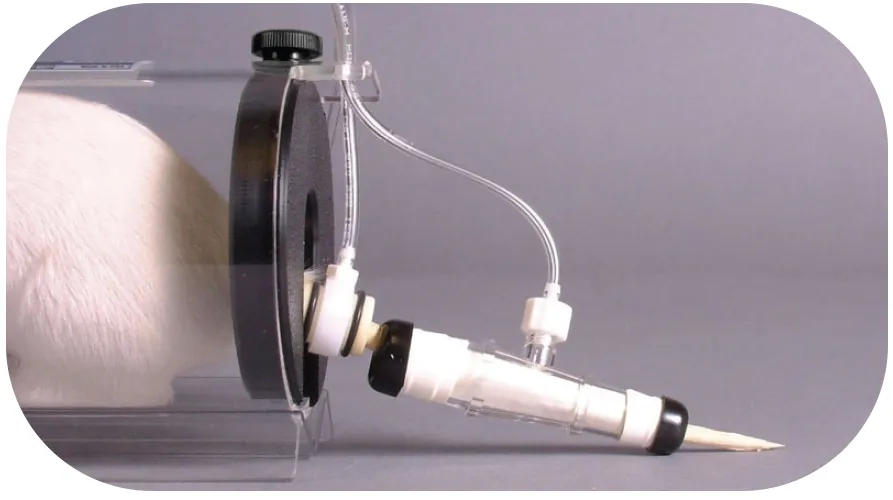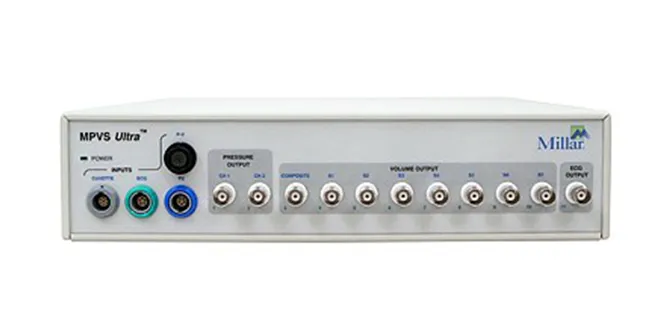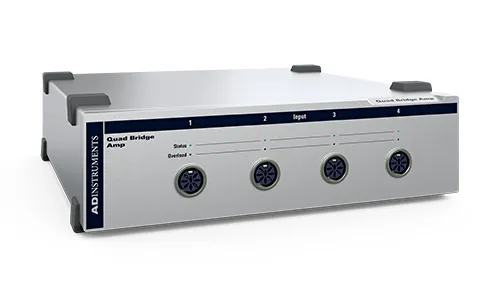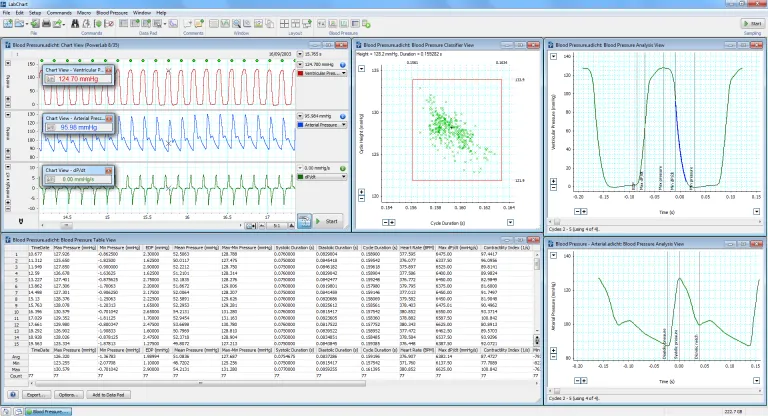Here at ADInstruments, we're lucky to be a part of a large and thriving research community. Join us in celebrating some of the incredible work that has been published by that community in July 2024.
Neonatal Hyperoxia Exposure Leads to Developmental Programming of Cardiovascular and Renal Disease in Adult Rats.
In this article, published in Scientific Research, DeFreitas et al. investigate the long-term effects of neonatal exposure to high oxygen levels on cardiovascular and renal health in rats. The study found that neonatal hyperoxia leads to increased arterial stiffness, cardiomyocyte hypertrophy, glomerulomegaly, and tubular injury in adult rats. These physiological changes were associated with altered gene expression profiles in the aorta and kidney, specifically

indicating increased fibrosis and matrix remodeling. The findings suggest that early-life exposure to high oxygen levels can cause lasting damage to cardiovascular and renal systems, highlighting the importance of developing targeted therapies to mitigate these effects in individuals born preterm.
Read more: https://doi.org/10.1038/s41598-024-65844-1
ADInstruments Products Used:
Prenatal LPS Leads to Increases in RAS Expression Within the PVN and Overactivation of Sympathetic Outflow in Offspring Rats.
Hao et al. investigate the effects of prenatal exposure to lipopolysaccharide on offspring rats, focusing on the renin-angiotensin system and the sympathetic nervous system. The article, published in Hypertension Research, reveals that prenatal lipopolysaccharide exposure increases renin-angiotensin system activity in the paraventricular nucleus and overactivates sympathetic outflow, leading to hypertension in the offspring.

The study also finds that lipopolysaccharide exposure induces oxidative stress and epigenetic changes, contributing to these effects. Melatonin treatment during pregnancy mitigates these adverse outcomes by reducing renin-angiotensin system activity, balancing neural inputs in the paraventricular nucleus, and lowering blood pressure and sympathetic nerve activity, highlighting
melatonin's potential in preventing prenatal lipopolysaccharide-induced hypertension.
Read more: https://doi.org/10.1038/s41440-024-01754-z
ADInstruments Products Used:
A Common Gene Signature of the Right Ventricle in Failing Rat and Human Hearts.
In this article, published in Nature Cardiovascular Research, Jurida et al. explore the molecular mechanisms underlying progressive right heart failure. The researchers conducted transcriptomic and proteomic analyses on isolated cardiomyocytes and whole heart tissues from failing right and left ventricles in rat models subjected to pulmonary artery banding (PAB) and aortic banding. They identified specific gene, protein, and transcription factor networks associated with right heart failure.
The study revealed that PAB-mediated gene regulation in rats shares similarities with transcriptomic data from human patients with chronic thromboembolic pulmonary hypertension. This research defines a conserved, differentially regulated genetic network associated with right heart failure, providing insights into the distinct

molecular responses and potential therapeutic targets for right heart failure compared to left heart failure.
Read more: https://doi.org/10.1038/s44161-024-00485-1
ADInstruments Products Used:
Blood Flows From the SCN Toward the OVLT Within a New Brain Vascular Portal Pathway.

In this article, published in Science Advances, Roy et al. uncovers a previously unknown vascular pathway connecting the suprachiasmatic nucleus (SCN) and the organum vasculosum of the lamina terminalis (OVLT). This portal system facilitates unidirectional blood flow from the SCN to the OVLT, displaying higher flow rates at night.
Using a combination of anatomical imaging, in vivo two-photon imaging, fluorescent tracers, and blood flow measurements, the study demonstrates that circulating vasopressin can access these portal vessels, allowing neurosecretions to reach the OVLT efficiently. This discovery highlights a mechanism for the transmission of circadian signals and neuropeptides, potentially impacting various physiological processes throughout the brain and body.
Read more: https://doi.org/10.1126/sciadv.adn8350
ADInstruments Products Used:
More Efficient Adaptation of Cardiovascular Response to Repeated Restraint in Spontaneously Hypertensive Rats: The Role of Autonomic Nervous System.
This article by Vavřínová et al., published in Hypertension Research, investigates the differential cardiovascular and autonomic responses to stress in spontaneously hypertensive rats compared to normotensive Wistar-Kyoto rats. The study found that spontaneously hypertensive rats exhibit heightened sympathetic activity and reduced parasympathetic activity, leading to exaggerated

cardiovascular responses to acute stress. However, with repeated restraint stress, spontaneously hypertensive rats showed more effective adaptation, including reduced stress-induced tachycardia, improved baroreflex sensitivity, and enhanced parasympathetic activity, compared to normotensive Wistar-Kyoto rats. These findings suggest that spontaneously hypertensive rats have a more efficient adaptation mechanism to repeated stress, which could inform targeted interventions for managing stress in hypertensive individuals.
Read more: https://doi.org/10.1038/s41440-024-01765-w
ADInstruments Products Used:
